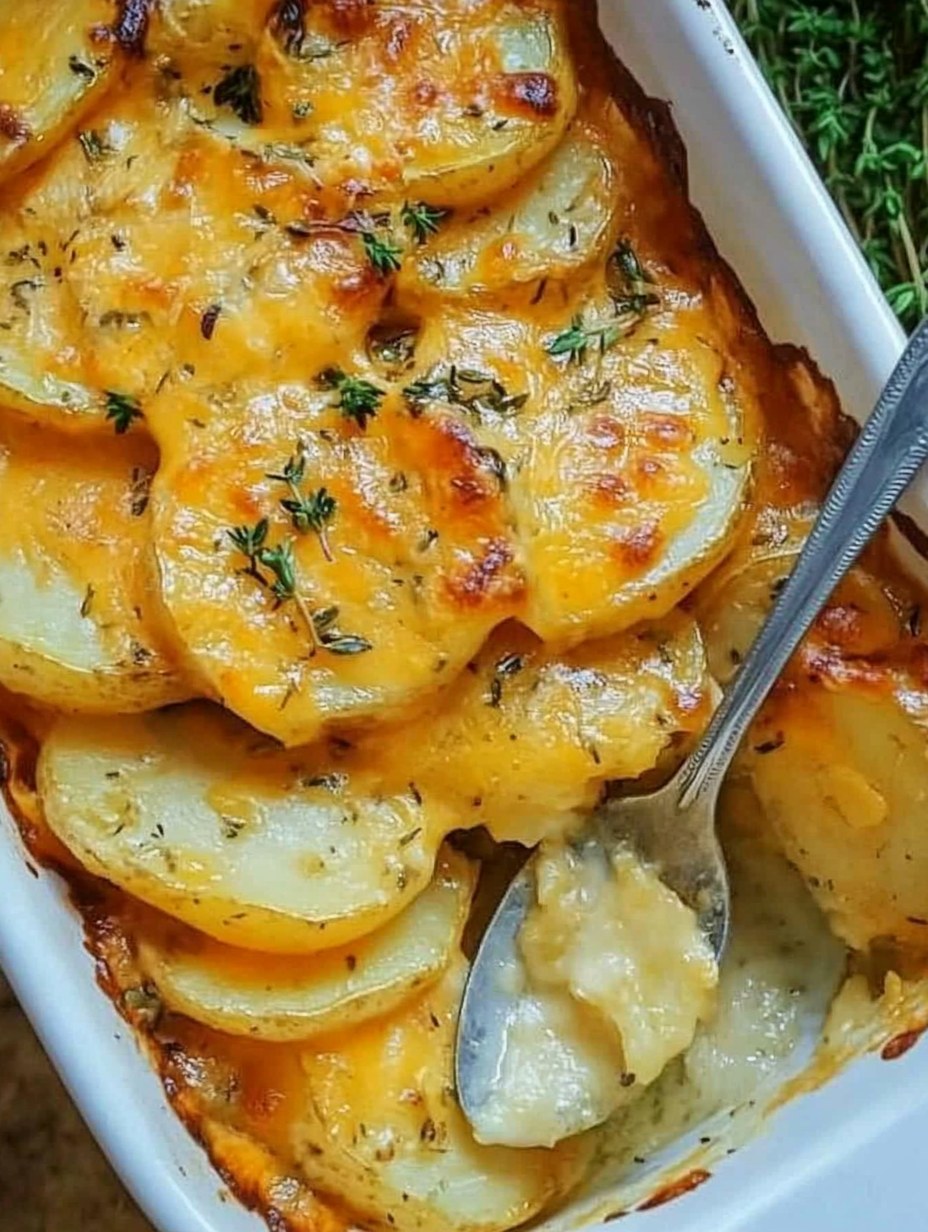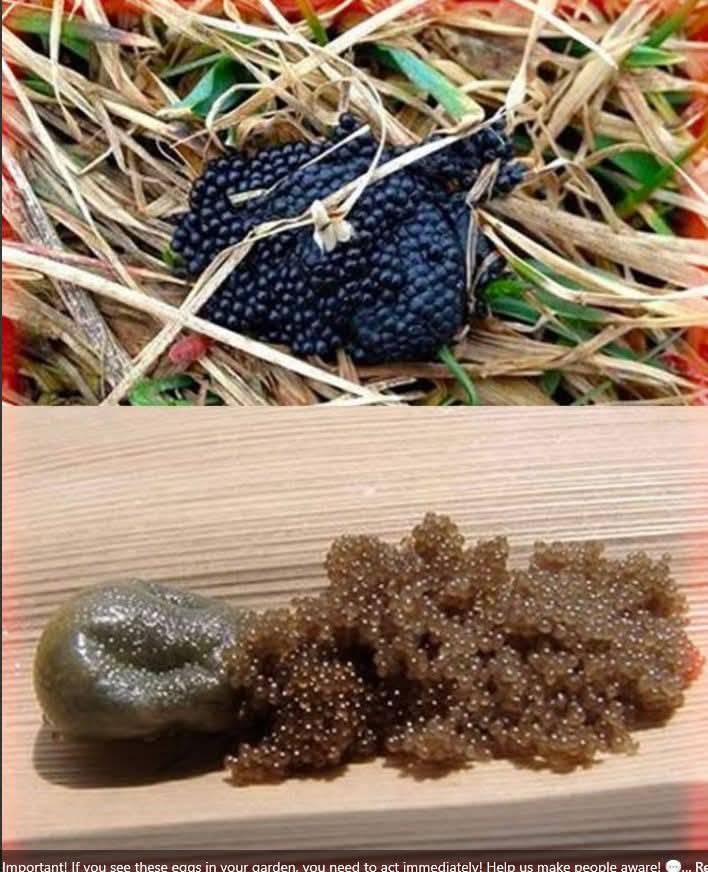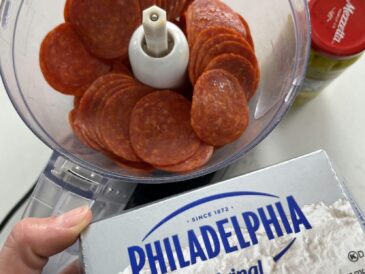Making donuts from scratch may seem intimidating, but it’s actually a simple and enjoyable process, especially with this Easy Homemade Donuts and Flongs recipe. Whether you’re a seasoned baker or just starting in the kitchen, this recipe provides clear and straightforward steps to achieve delicious, soft, and perfectly golden donuts. Add your own creative touch with toppings and fillings, and you’ll have a batch of homemade donuts that rival those from your favorite bakery.
What Are Donuts and Flongs?
Before we dive into the recipe, let’s explore what exactly donuts and flongs are.
Donuts (also spelled doughnuts) are fried dough pastries that are often sweetened and topped with a variety of glazes, sugars, sprinkles, or fillings. Donuts come in a variety of shapes and sizes, but the most common shape is the round, with a hole in the center, which allows them to cook evenly when fried.
Flongs, on the other hand, are a slightly different variation of donuts. While they are also made from the same dough, flongs are typically thinner and crispier than traditional donuts, with a light, almost delicate texture. They can also be served in different shapes, often coiled or twisted, and may be topped with a dusting of sugar or cinnamon.
Both donuts and flongs are deeply loved around the world, with different countries and regions putting their own spin on these beloved treats.
Why You’ll Love These Homemade Donuts and Flongs
- Fresh and Warm: Homemade donuts are hard to beat when it comes to freshness. The warm, soft interior combined with the crispy, golden exterior makes for an irresistible treat.
- Simple Ingredients: You don’t need any fancy equipment or hard-to-find ingredients to make these donuts. A few simple pantry staples are all you need to create these delicious pastries.
- Customizable: Whether you love your donuts plain with sugar, dipped in chocolate glaze, or topped with sprinkles, this recipe is versatile and allows you to create your perfect donut. You can also experiment with fillings such as jam, cream, or even chocolate.
- Family-Friendly: Donut-making is a fun and easy process that everyone in the family can enjoy. Kids especially love the hands-on process of shaping and decorating donuts. It’s a great bonding activity!
- Perfect for Any Occasion: Whether it’s a weekend treat, a birthday celebration, or a special occasion, homemade donuts and flongs are a guaranteed crowd-pleaser.
Ingredients for Easy Homemade Donuts and Flongs
To make these Easy Homemade Donuts and Flongs, you’ll need the following ingredients:
- 3 cups of all-purpose flour: Flour is the foundation of the dough, and we recommend using all-purpose flour for a soft and tender texture.
- 2 teaspoons of salt: A pinch of salt enhances the flavor of the donuts and helps balance the sweetness.
- 3/4 cup of sugar: Sugar sweetens the dough and helps the donuts caramelize as they fry.
- 14 g of yeast (or 2 teaspoons): Yeast is essential for helping the dough rise and achieving that soft and airy texture in the donuts.
- 230 milliliters of warm milk: Warm milk activates the yeast, creating the perfect environment for it to rise and work its magic.
- 40 grams of butter: Butter provides richness to the dough, contributing to a tender and flavorful donut.
- 1 egg: The egg binds the ingredients together and adds moisture, making the donuts soft and fluffy.
- Oil for frying: The oil should be hot enough for frying but not too hot to avoid burning the donuts. Vegetable oil works well for frying, but any neutral oil will do.
Step-by-Step Guide to Making Easy Homemade Donuts and Flongs
Now that you have your ingredients ready, let’s dive into the step-by-step process for making these easy and delightful donuts and flongs.
Step 1: Prepare the Fermented Dough
In a small bowl, combine 1/4 cup of flour, 1 tablespoon of sugar, salt, and 230 milliliters of warm milk. Stir everything together and let the mixture sit for about 30 minutes. This fermentation process helps activate the yeast, ensuring that your donuts will rise properly and achieve that soft, airy texture.
After 30 minutes, you should see some bubbles forming on the surface of the mixture. This means that the yeast is working its magic.
Step 2: Mix the Dry Ingredients
In a larger bowl, place the remaining flour, sugar, and room temperature butter. Use your hands to mix the ingredients together until the butter breaks down into small, sandy crumbs. The butter will help create a soft and flaky texture in the donuts.
Step 3: Add Wet Ingredients
Add the egg to the flour mixture and mix everything together. The egg helps bind the ingredients, giving the donuts structure and richness.
Once the egg is well incorporated, create a small well in the center of the mixture and pour the fermented dough (from step 1) into it. Carefully integrate the wet and dry ingredients by mixing them together with your hands.
Step 4: Knead the Dough
Now it’s time to knead the dough. Place the mixture onto a smooth, lightly floured surface. Knead the dough until it becomes soft, smooth, and elastic. This will take about 8–10 minutes of kneading. If the dough feels too sticky, add a small amount of flour. If it feels too dry, add a splash of warm milk.
Once you’ve achieved the desired texture, cover the dough with a clean tea towel and let it rest for 30 minutes. This resting period allows the dough to rise and become even more elastic.
Step 5: Roll Out the Dough
After 30 minutes, the dough should have risen slightly. Now, place it back on the floured surface and punch it gently to remove some of the air. Use a rolling pin to roll the dough out to about 1/2 inch thickness.
Step 6: Cut the Donuts and Flongs
Using a round cutter or a glass, cut out small circles from the dough. To make classic donuts, use a smaller cutter to cut a hole in the center of each circle to form the donut shape.
For flongs, you can either leave the dough in its round shape or twist it into a spiral shape for a unique presentation. You can also cut the dough into squares or strips to create different shapes and textures.
Once you’ve cut out the donuts and flongs, cover them with a towel and let them rest for another 30 minutes to rise again.
Step 7: Fry the Donuts and Flongs
While the dough is resting, heat oil in a deep frying pan or pot. The oil should be hot enough to fry the donuts but not too hot that it burns them. The ideal frying temperature is around 350°F (175°C). To test if the oil is ready, drop a small piece of dough into the oil; if it rises to the surface and sizzles immediately, it’s time to fry.
Carefully drop the donuts and flongs into the hot oil, frying them until they turn golden brown on both sides. This should take about 2-3 minutes per side. Don’t overcrowd the frying pan—work in batches if necessary.
Once they are golden brown and crispy, remove the donuts and flongs from the oil and place them on absorbent paper to drain any excess oil.
Step 8: Decorate and Serve
Once your donuts and flongs have cooled slightly, it’s time to decorate them! The options are endless:
- Sugar Coating: Simply roll the donuts in granulated sugar or a mix of sugar and cinnamon for a classic, simple treat.
- Chocolate Glaze: For a decadent touch, melt some chocolate and drizzle it over the tops of your donuts.
- Sprinkles: Add colorful sprinkles for a fun and festive touch.
- Filled Donuts: You can fill your donuts with jam, custard, or chocolate cream by using a piping bag to inject the filling into the center of the donut.
Tips for the Best Homemade Donuts and Flongs
- Use Fresh Yeast: Make sure your yeast is fresh for the best results. If the yeast doesn’t activate (i.e., no bubbles form in the warm milk), your donuts won’t rise properly.
- Don’t Overheat the Oil: If the oil is too hot, the donuts will brown too quickly on the outside and remain raw on the inside. A thermometer is useful for maintaining the correct temperature.
- Let the Dough Rest: Giving the dough time to rise and rest allows the yeast to work, making the donuts light and airy.
- Experiment with Flavors: You can add flavors like vanilla, almond extract, or citrus zest to the dough for added depth.
- Frying in Batches: If you have a lot of donuts to fry, fry them in small batches to ensure even cooking.
Final Thoughts
Making Easy Homemade Donuts and Flongs at home is a fun and rewarding experience. The process might take some time, but the result is completely worth it. You’ll end up with fresh, crispy, and tender donuts that are perfect for any occasion—whether you’re serving them for breakfast, a snack, or dessert. Plus, the ability to customize your toppings and fillings makes these homemade donuts a versatile and exciting treat.
So, grab your ingredients, get ready to fry, and enjoy these mouthwatering delights with family and friends!





